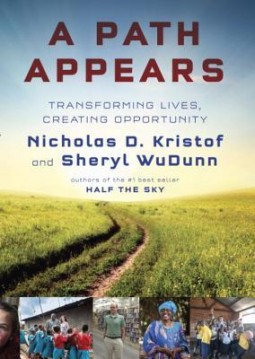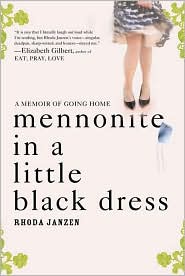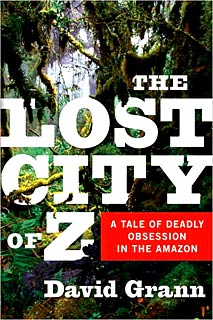This review contains affiliate links, which earn me a small commission when you click and purchase, at no extra cost to you. Thank you for supporting my small business and allowing me to continue providing you a reliable resource for clean book ratings.
With literally millions of charities out there, how can one who wants to give figure out where to start? Will a small donation of cash even make a difference? Can volunteering a few hours of time here and there, or even just spreading the word about a cause, make an impact?
Husband-and-wife writers Nicholas Kristof and Sheryl WuDunn answer these questions affirmatively in their inspiring and informative new book A Path Appears. They share brief stories about a variety of individuals who came from backgrounds of extreme poverty or serious challenges and were given a boost from others, as well as about people who have seen needs and found ways to fill those needs, one person or small village at a time. Reading about these tales of triumph, of simple human kindness and goodness, was a beautiful experience and made my heart full.
Even better, though, the authors share practical advice on how to better focus one’s giving. They affirm that even the tiniest amount donated in cash or time really can make a difference. For example, 75 cents donated to a group like Helen Keller International can eliminate blindness in one person who has a common condition called trachoma, or 2 cents will buy a pill that kills parasites in a child’s gut, thus allowing that child to be better nourished and even attend school more frequently.
The book focuses on the good many individuals and groups have done but acknowledges frankly that some efforts have been failures and some groups actually fraudulent. Some great ideas have not brought the results that were expected, thereby making donations for those programs seem “wasted.” Yet other organizations have been very successful at raising funds for needy causes but have been criticized because seemingly too much of their budget has gone to overhead or paying what seems like “too much” to leaders.
Kristof and WuDunn conclude that charities would be more successful if 1) there weren’t so many of them, that there should be some kind of consolidation to create “economies of scale,” and 2) if they were run more like successful businesses, with the attendant change in the public’s perceptions and expectations of how they are run. This includes paying leaders and all employees more than bare-bones salaries to attract and keep more accomplished and effective workers, as well as understanding that proper marketing is just as vital for a charity as it is for a for-profit business.
Now, the authors write, “there are basic problems with how we perceive and judge charities, … constraining the charity industry and limiting its ability to do good.”
When the public considers whether to support a nonprofit, one of the basic bits of information people look for is its Charity Navigator ratings and the proportion of its revenues consumed by administration, particularly salaries. Many people feel that employees at nonprofits should not be paid at private sector levels; psychic rewards should satisfy them. They also see overhead and marketing as a drain that should be absolutely minimized. … But what truly matters is not overhead but impact. There’s no point in funding an AIDS vaccine effort that saves on overhead by using unreliable third-rate laboratory equipment. Would it have been better in the 1950s to finance a polio charity that used 99 percent of its funds to push survivors around a park in wheelchairs, or one that swallowed up half its money in salaries for talented scientists and lab equipment and ended up financing Jonas Salk’s invention of the polio vaccine?
The book explains ways that each of us can make our time and money count. Kristof and WuDunn suggest that “if you want to take the next step,” first “Find an issue that draws you in and research it.” Second, “Volunteer, get involved, or do something more than just writing checks. … Try to see the fruits of your efforts.” Third, “Use your voice to spread the word or advocate for those who are voiceless.” Advocacy might not get the attention that direct volunteering or cash donations gets, but it’s vital just the same. We can speak up about issues or projects with friends and family, join a social-media campaign, write letters, make phone calls, and seek “to hold governments—our own and others—accountable for doing their share.”
I was galvanized by this terrific book. It’s simply inspiring, but it’s also practical and addresses concerns and problems with charities even as it shares solid advice on how to tailor your giving to your own interests and capacities. The authors stress that giving makes us happier and more fulfilled, and just thinking about the ways I could do a little more or do what I already do a little more effectively, I already feel on my way. I highly recommend it.
Rated: Mild, for one or two uses of language and non-detailed references to violence, rape, prostitution, and some other disturbing things that are happening all the time to people around the world.
Click here to purchase your copy of A Path Appears on Amazon.





Pingback: A little can go a long way toward helping others | Life and Lims